Formula Nebbia
MSRP: $849.99 USD / €790 / $950 CAD / £680
Adjustments: Air pressure, rebound, compression
Sizes offered:
- Metric:
- 190 x 37.5 / 40 / 42.5 / 45 mm
- 210 x 47.5 / 50 / 52.5 / 55 mm
- 230 x 57.5 / 60 / 62.5 / 65 mm
- 250 x 67.5 / 70 / 72.5 / 75 mm
- Metric Trunnion:
- 165 x 37.5 / 40 / 42.5 / 45 mm
- 185 x 47.5 / 50 / 52.5 / 55 mm
- 205 x 57.5 / 60 / 62.5 / 65 mm
- 225 x 67.5 / 70 / 72.5 / 75 mm
Stated Weight: 472 g (210 x 55 mm)
Blister’s Measured Weight: 491 g (205 x 65 mm, no hardware)
Bolted To: Kavenz VHP 16, Transition Repeater
Test Locations: Washington
Reviewer: 6’, 165 lbs / 183 cm, 74.8 kg
Test Duration: 3 months
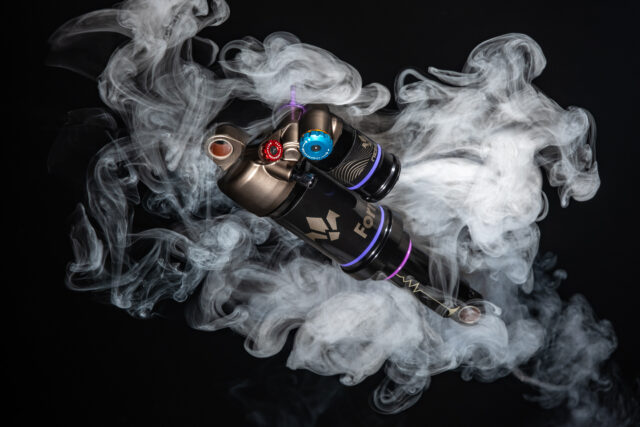
Intro
Formula just launched the Belva dual crown Enduro fork a few weeks back (and we’ve got one in for review — stay tuned for much more on that one soon) but they weren’t done with new suspension products. The Nebbia is their first-ever air-sprung rear shock, and there’s a lot of interesting stuff going on with its design and Formula’s claims about its performance — including full user serviceability, easy adaptation to different frames, and more. Let’s see what they’ve come up with.
Design
Visually, there’s nothing too wild going on with the Nebbia. It’s a piggyback air shock with what appears to be a fairly average-sized air can (mounted to the piggyback end of the shock), a climb switch, and adjustable compression and rebound. The air shaft has an etched-on sag indicator graphic, and there are some subtle accents in Formula’s signature purple.
But things get pretty interesting internally. The Nebbia uses a pared-down version of Formula’s CTS system — essentially pre-configured compression valves that can be swapped out in just a few minutes to fundamentally alter the base tune of the rear shock. It’s not a new idea for Formula — both their MOD coil shock and various fork offerings use their own versions of the same system — but it’s unlike anything we’re aware of from any other manufacturer. The Nebbia, like the MOD, has three different CTS valves available, with light, medium, and firm compression tunes; Formula says that the range of rebound adjustment on the Nebbia is wide enough as to not require revalving to suit different bikes and riders. All three CTS valves are included with the shock, with an external compression adjuster to fine tune from there. The Nebbia also features a three-position climb switch with “open,” “platform,” and “firm” settings.
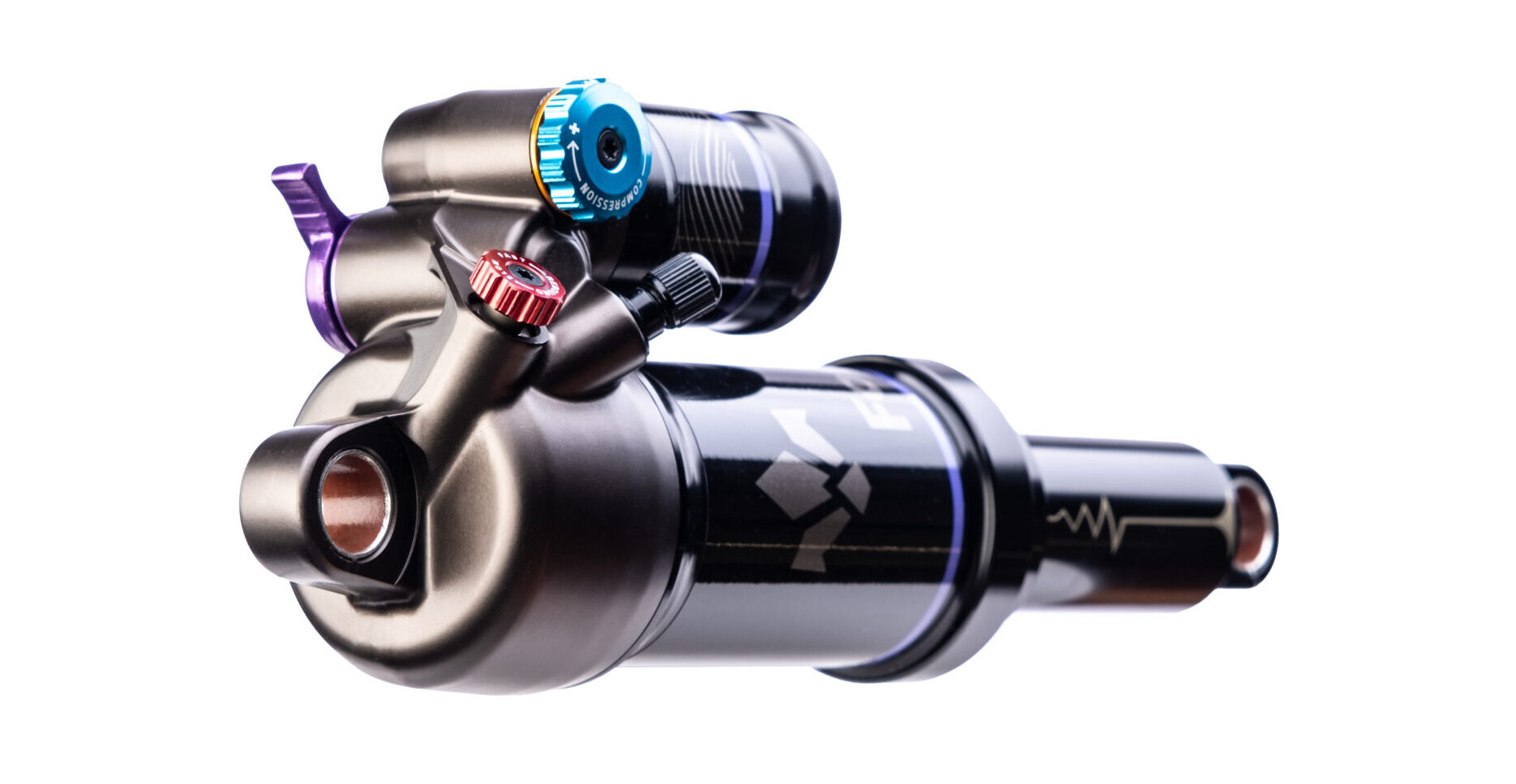
Formula has long offered a variety of different air spring variants in their range of forks, including some with independently adjustable negative air springs and/or dual-positive air spring layouts, but the Nebbia keeps things simpler, with a single positive air valve and what Formula calls an air/coil hybrid negative spring. The exact details of how the negative spring pressure is set aren’t specified, but there’s no external valve to set it manually.
The Neopos volume spacer design that we’ve seen in a lot of Formula’s forks carries over to the Nebbia, too. In short, the Neopos spacers are similar in concept to hard plastic volume spacers used by other brands, but are compressible so that their volume decreases as pressure ramps up deeper in the shock’s stroke. The idea is to help improve midstroke support by making the shock ramp up more quickly through the middle part of the stroke, without continuing to do so as aggressively deep in the travel.
The Nebbia is offered in metric sizes (both eyelet and trunnion) to suit the vast majority of modern Trail through DH bikes, with the full range of lengths from 190 to 250 mm (eyelet) and 165 to 225 mm (trunnion) available. That just leaves off the shortest 170 mm eyelet / 145 mm trunnion length, which is typically only featured on true XC bikes, many of which wouldn’t accommodate a piggyback rear shock anyway. The Nebbia also accommodates the full range of standard stroke lengths for all of those sizes, with clip-on spacers handling the travel reduction in 2.5, 5, and 7.5 mm increments (e.g., the 210 x 55 mm Nebbia can be reduced to 52.5, 50, or 47.5 mm stroke). Doing so just requires depressurizing the shock, unscrewing the air can, and adding or removing the appropriate spacer(s).
Formula also says that the Nebbia is user serviceable without any special tools. A basic air can service is recommended every 60 hours of ride time; a full teardown is recommended at 125 hours. Formula does recommend having a service center handle the full teardown, but you can have at it yourself “you are confident and have the correct equipment.”
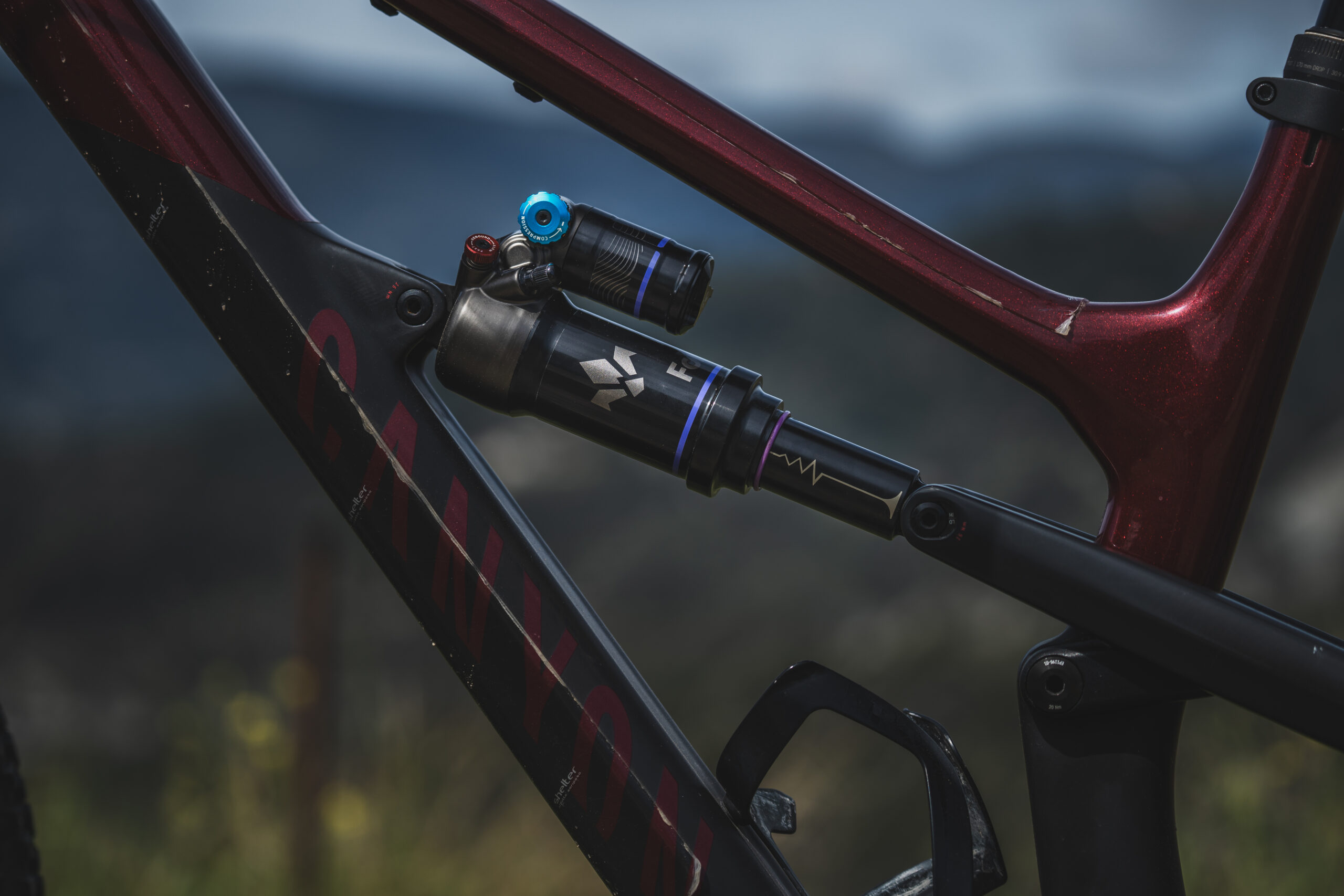
FULL REVIEW
We’ve been spending a lot of time on the latest crop of air shocks this summer, but the Formula Nebbia is perhaps the most exotic and rare of the bunch. It’s made in Italy, has some unique tuning features, and is (allegedly) very easy to service at home — but what about its on-trail performance? The answer to that question is more complicated than you might think, but we’re ready to lay out our thoughts after a few months of trail time.

Setup
From the start, the Nebbia feels quite a bit different than most other air shocks on the market. Much of that unique feel is down to the air spring design, which uses a hybrid air and coil negative spring. The air spring equalization ports are placed such that the positive and negative chambers equalize at top out, potentially simplifying air spring setup by removing the need to cycle the shock to equalize the chambers, but making it such that the negative air spring has a lesser effect on easing the shock into its initial travel relative to a shock where the equalization happens farther into the stroke. While Formula uses the supplemental coil spring to aid that initial movement, the shock still feels relatively firm off the top, and the fixed spring rate of the coil negative spring means that it becomes less effective at higher air spring pressures.
In practice, and at the rather low 146 PSI that I ran to reach 28% sag (Formula generally recommends 140–150 PSI for my weight range) on my Kavenz VHP 16, that means that the shock has a fairly smooth if slightly firm breakaway, but feels abruptly firmer once the shock has moved far enough to disengage the coil spring. It creates what feels like a “step” in the shock’s stroke, and while it started to disappear into the background as I rode more, it felt a bit unrefined compared to the much smoother air springs of the Nebbia’s mainstream competitors. I also noticed a bit of a tendency to top out when unloading the bike, most notably when jumping.
Stepping away from the air spring briefly, the other adjustments all have quite a wide range and should offer plenty of resolution for dialing in your setup. The rebound knob is easily accessed at the top of the shock and offers 24 clicks, while the compression knob has 22. The two-position climb switch is also easily accessed, and it’s a particularly effective one — the shock firms up substantially, but still offers a small bit of give such that it remains comfortable on rougher, ledgy climbs and even flatter trails. And then there’s the big differentiator across Formula’s suspension products – their swappable CTS valves. The Nebbia comes with three, with the mid-level orange one installed and stiffer green and softer gold valves in the box. The valves are designed to be user-swappable in just a couple of minutes — depressurize the bladder in the piggyback, remove the installed CTS valve, install the new one, re-pressurize, and go ride.
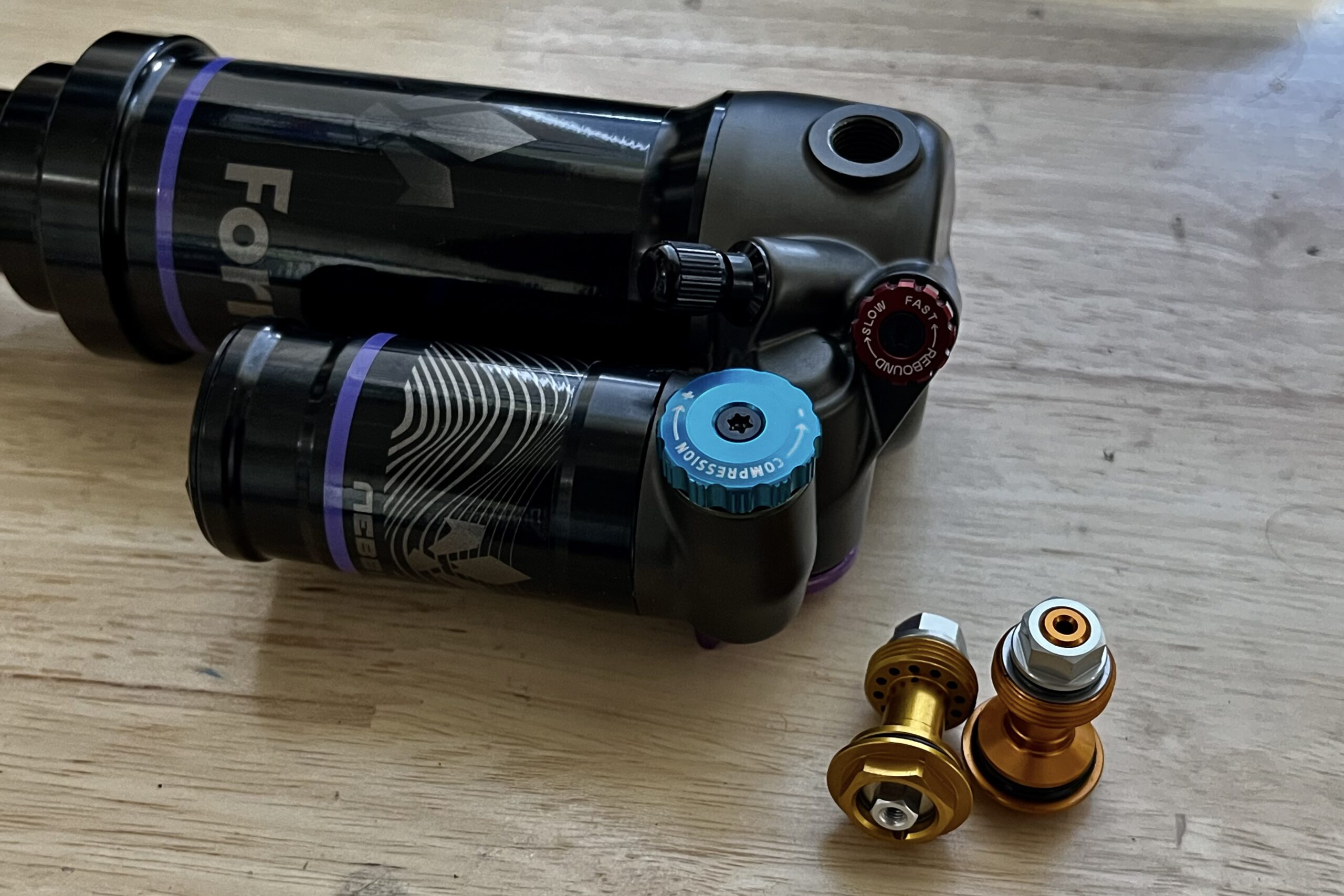
On the Trail
Starting with the stock orange valve, my first couple of rides on the Nebbia were a bit confusing. Despite the rather low recommended shock pressures — I even dropped as low as 138 PSI at one point during experimentation — the shock was still feeling slightly firm off the top, yet ramped up sharply to the point that I couldn’t access full travel, even on bigger hits. While the fairly substantial bottom-out bumper may have been partially the culprit, the shock’s air spring ramp-up felt quite aggressive in the last quarter of the stroke even with no volume spacers. The bigger issue was the somewhat “hollow” feeling in the midstroke, where the Nebbia seemed to struggle to hold itself up during more mid-sized impacts, resulting in an unsettled feeling from the rear of the bike. Typically running more pressure and fewer volume spacers can be a solution, but more pressure seemed to quickly overpower the negative spring, creating an even firmer initial travel and (predictably) making it even harder to access the final bit of travel — and I was already running the shock without any volume spacers.
While I can’t know for sure without understanding a lot more than I do about the air volume ratios in the Nebbia, my best guess here is that the ratio of negative to positive volume is too low, and the positive air volume is too small at full compression, causing rapid progression in the last quarter of the travel. A smaller bottom-out bumper could be a solution here, but only in its presumably minor effect on increasing positive air volume.
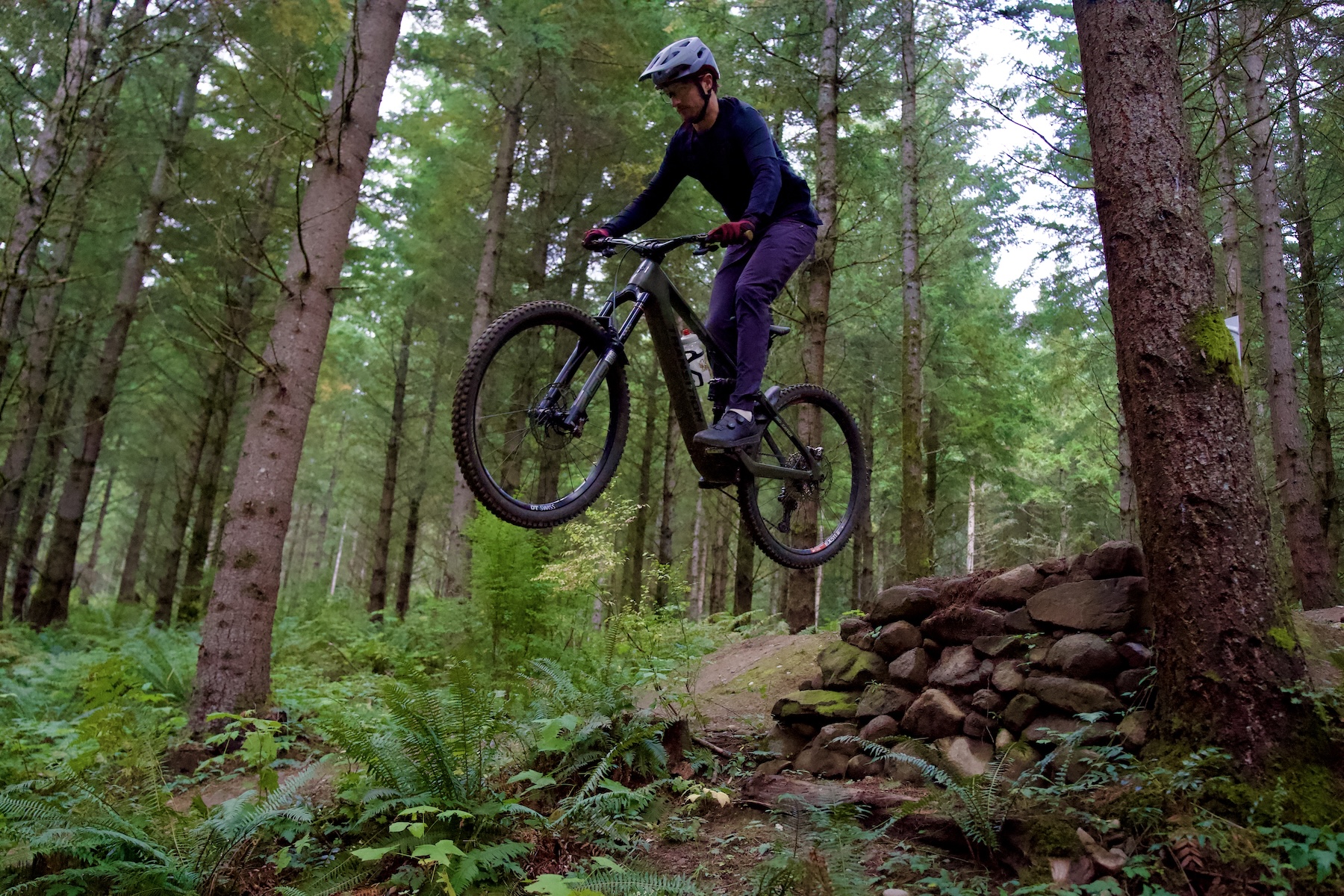
After a lot of air pressure tinkering, I still felt that I needed more support to keep the shock from diving through the middle of the travel. That’s when I cracked into the additional CTS valves, swapping from the stock orange valve to the firmest green one. Even with quite a bit of adjustment range for each valve via the external adjuster, the swap to the stiffer tune of the green CTS valve was an immediate improvement. To be clear, the green valve has quite an aggressive amount of support — likely too much on a more supportive air spring — but the additional compression support went a decent way toward holding the Nebbia up higher in its travel and mitigating some of the diving sensation. The tradeoff for the greater chassis control on offer was a bit more feedback and harshness through the pedals due to the higher damping levels. Ultimately it was a marked improvement for my preferences, and I didn’t bother trying the lightest gold CTS valve given that it was going in the opposite direction of the additional support I was looking to achieve.
Even with the higher damping levels of the green CTS valve, the Nebbia is a very energetic-feeling shock. I think a lot of that comes down to the stiffer initial feel and very high progression later in the stroke, but I also found the Nebbia to work best when running relatively fast rebound, despite that increasing its tendency to top out. Running the rebound faster than I might otherwise translated to a springy quality that seemed to work best on jump trails and well-supported corners, where the shock seemed to return a lot of energy from being loaded up into lips or deep berms. Despite some of the odd sensations I mentioned above associated with the initial air spring breakaway, getting up to a faster pace helped some of that blend into the background, and the Nebbia felt consistent and smooth with plenty of bottom-out support for really big impacts — like overshooting jumps, which it’s poppy feel and aggressive spring ramp-up seemed to encourage.
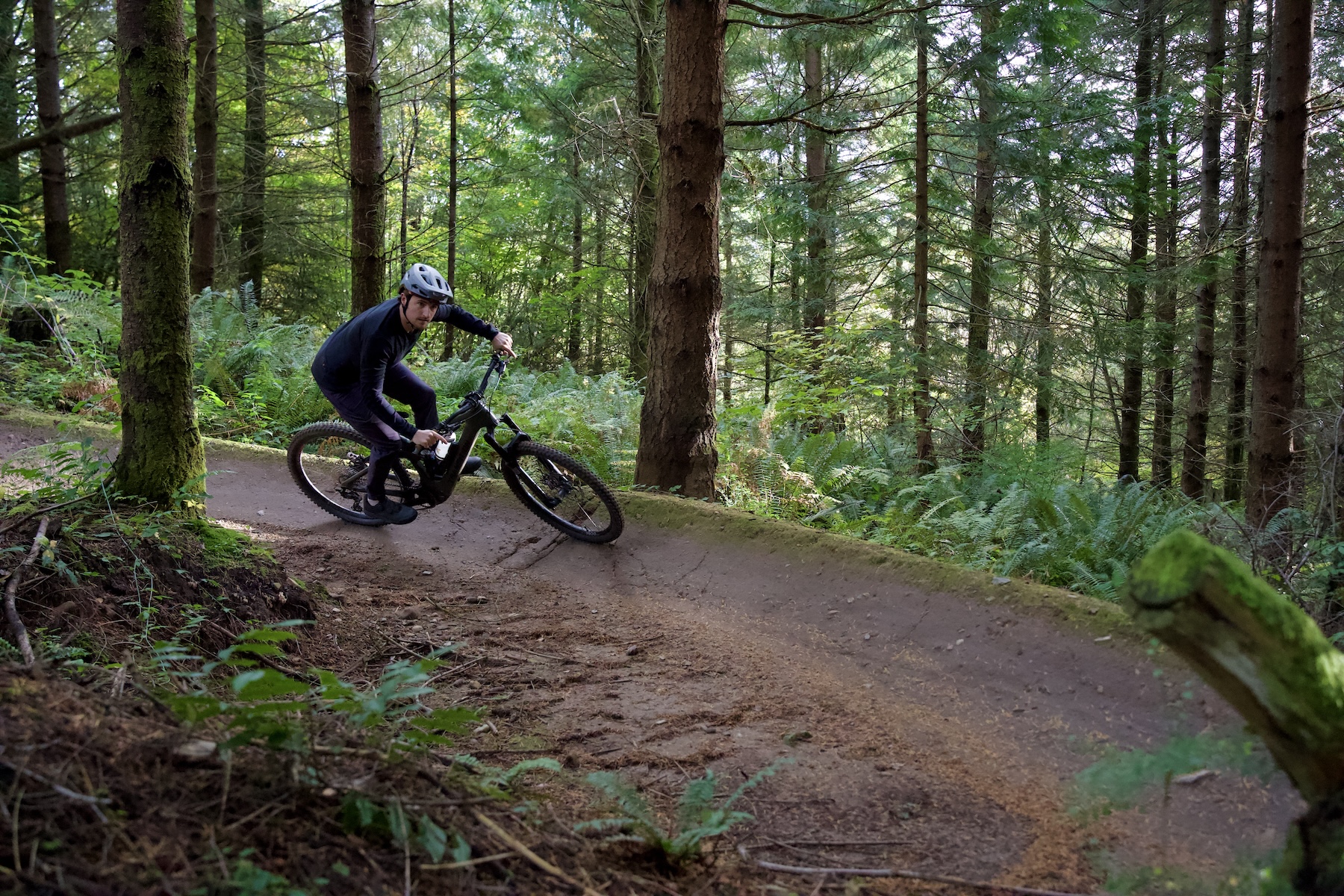
On more natural and rougher trails, the Nebbia tracked the ground adequately but never felt quite settled. Smaller undulations and chatter contributed a good amount of feedback through the bike, and the shock struggled a bit to hold itself up in the middle of the travel on larger hits. While the green CTS valve’s heavier compression tune went a long way toward slowing the shock’s shaft speed down on larger high-speed impacts, the air spring’s lack of support in the middle portion of the stroke meant that it was tricky to balance a supportive, controlled feel without introducing undue harshness. Adding more compression was possible given the 22 clicks on tap, and I ended up running the shock at about 10 clicks from closed, accepting a somewhat overdamped feeling that made the shock a bit tiring to ride compared to most other modern high-volume air shocks.
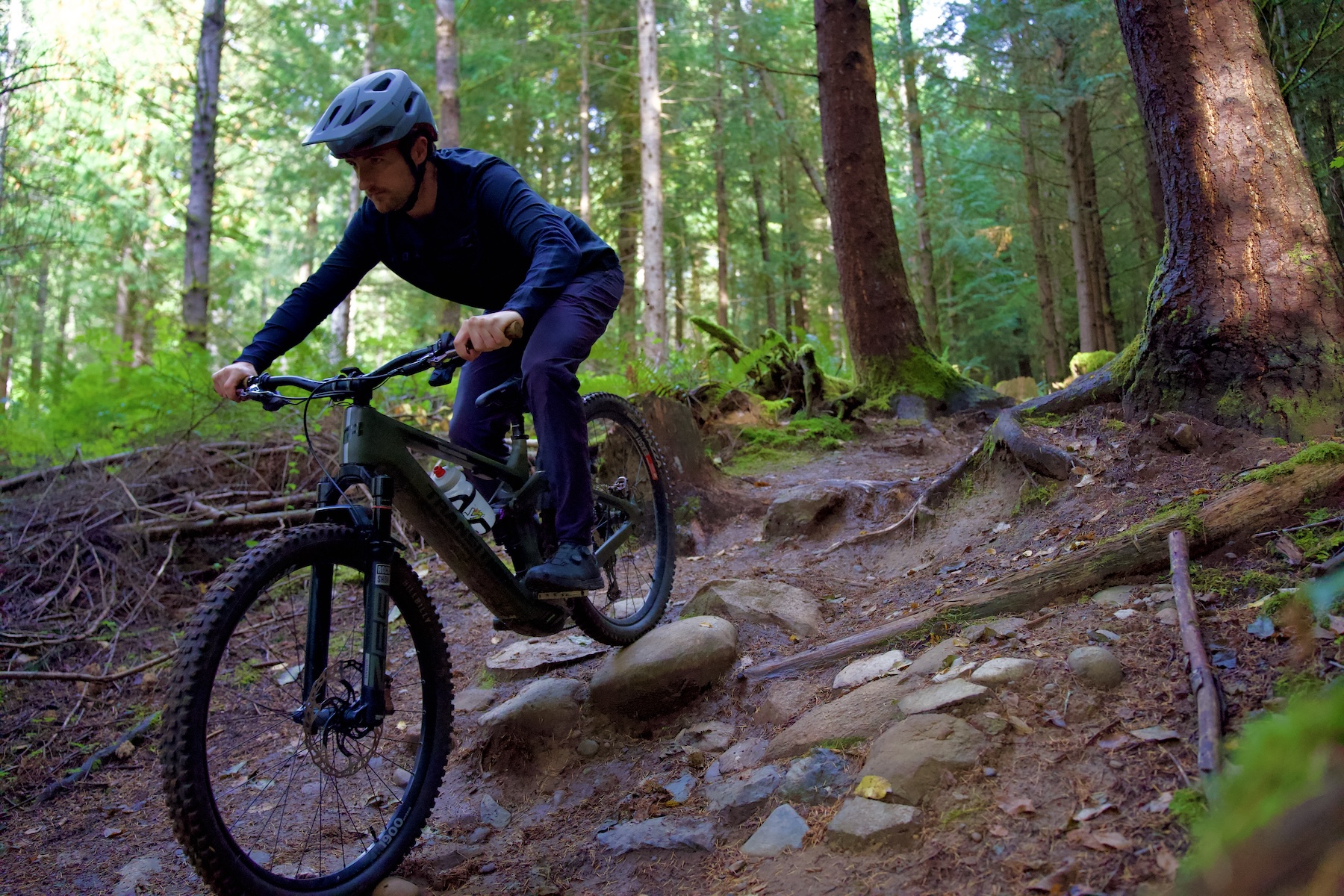
While most of my testing was done with the Nebbia bolted to my Kavenz VHP 16, I also gave it a whirl on my Transition Repeater eMTB. My hypothesis was that the added mass of the eMTB paired with the fairly high starting leverage of the Repeater’s suspension design would help overcome some of the early stroke resistance in the air spring — and fortunately, that theory ended up being correct. That said, while the initial stroke of the Nebbia did feel better on the Repeater, it still felt eager to blow through the middle of the stroke, though the higher pressures to compensate for the weight of a 50+ pound eMTB did offer a touch more support there. I also found that the added mass of my Repeater and its not-super-high progression helped me more easily access the last bit of travel, though it still felt harder to do than with other shocks I’ve tried.
The NeoPos volume spacers that Formula makes are sold separately, and a factory closure for the summer vacations in Italy meant that we weren’t able to get our hands on one. That said, I almost certainly wouldn’t have benefitted from it — while Formula does claim that the compressible NeoPos material helps to prop up the midstroke in addition to providing more end stroke support, I already struggled to get full travel out of the Nebbia without any volume spacers installed. Given the rather large bottom-out bumper in the Nebbia, I do wonder if shrinking its size would free up some air volume and potentially add to the utility of the NeoPos spacers.
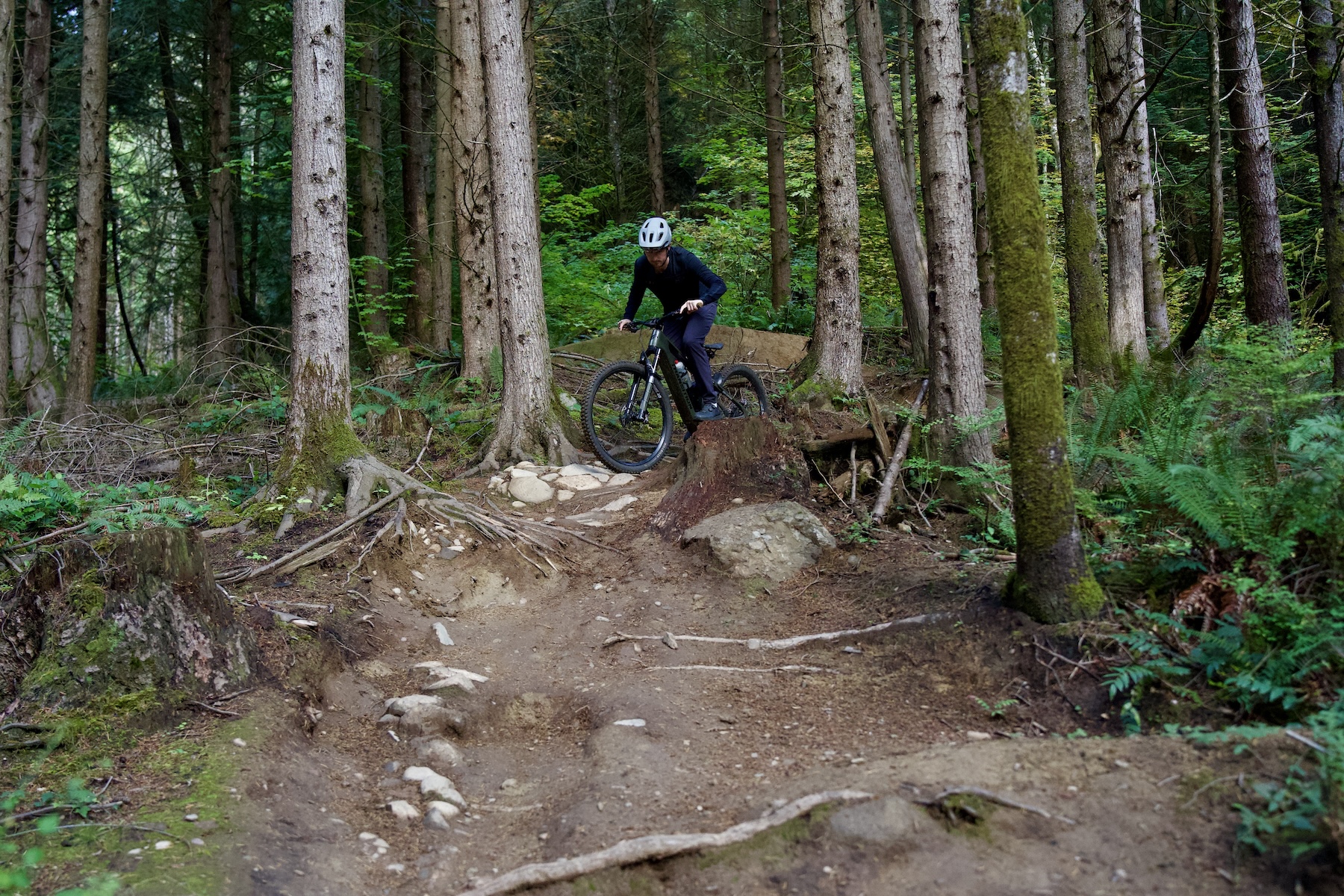
I should note that the CTS valve system is surprisingly easy to use and quite effective, but I did run into an issue during testing that came down to the installation procedure. Unlike most forks, rear shocks use a pressurized internal floating piston (or bladder in this case) to keep damping oil under pressure and prevent cavitation. Unfortunately, Formula’s manual skipped the necessary step of releasing the pressure from the bladder before swapping the CTS valves. Having followed Formula’s instructions, removing the CTS valve resulted in the shock blowing out much of its damping oil due to the still-pressurized bladder. Formula has since updated its manual to include the depressurization step when swapping the valve, and the bladder is simply repressurized to 100 PSI once the valve swap is complete. So while the oil explosion hopefully won’t happen to anyone else going forward, let the oil splatter on my garage walls stand as a warning to follow the updated manual’s steps.
Durability
I ran into no durability issues throughout the test, and the Nebbia continued with a consistent damper feel. While I do worry a bit about introducing air into the damper with CTS valve swaps, that’s not likely to be a frequent occurrence outside of initial setup.
I’m very impressed with how easy the Nebbia is to service. Pressure for the bladder can be adjusted with a shock pump — no nitrogen charge required here — and while full documentation for damper service is not yet available online, Formula says that full services require no specialty tools and can be done by confident home mechanics. Additionally, the Nebbia uses clip-on stroke reducers to drop up to 7.5 mm of shock stroke at 2.5 mm intervals. Those spacers are included in the box, and while I didn’t end up needing them given that both of my test bikes used a 65 mm shock stroke, it’s a convenient feature compared to the spacers used by other brands that require more comprehensive disassembly. As a big fan of DIY bike service, I wish more companies would create suspension products with at-home servicing in mind.
Who’s It For?
The Nebbia is a rather unique shock, and some of the quirks of its performance may benefit some riders who have struggled with other shocks on the market. It may work well for particularly lightweight riders who can run low enough spring pressures to maximize the ability of the coil negative spring to overcome the downsides of the too-small negative air spring chamber. Additionally, the highly tunable CTS valve system really is impressive in the range of damping levels it can produce, offering everything from very light damping with the gold CTS valve to rather high levels with the green one — tinkerers can likely find a way to adapt the shock’s compression damping to suit myriad different suspension designs.
To that last point, the Nebbia may also end up working well on bikes with suspension kinematics that are more intentionally designed for the conventional traits of air shocks. For example, some bikes with fairly high initial leverage (like my Transition Repeater) may better overcome the stiff initial bit of travel, and bikes with lower rates of progression at the end of the travel may benefit from the Nebbia’s high levels of end stroke support.
Bottom Line
Formula has gotten a lot right with their first air shock, with a consistent and widely tunable damper and easy home servicing, but the design is ultimately let down by the unconventional air spring layout that feels a bit outdated for modern suspension designs. Despite those shortcomings, the Nebbia manages to be both simple to set up and easy to customize, benefitting from the CTS valve system that essentially allows at-home re-valving in a couple of minutes. While it may suit some riders with unique needs, I for one will be crossing my fingers that Formula can continue iterating on the design, as it could be a very compelling option with a more linear-feeling air spring design.
